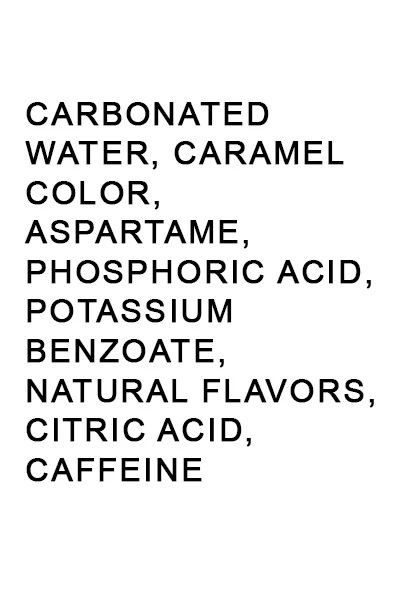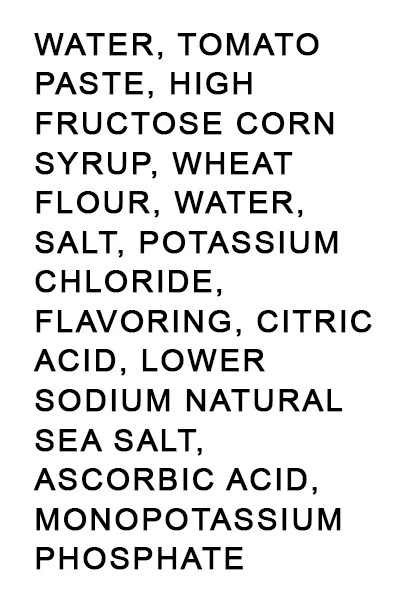

What is Clean Label
Clean label is not a scientific term. Rather, it is a consumer term that has been broadly accepted by the food industry, consumers, academics, and even regulatory agencies.
So, what does clean label mean?
Essentially, clean label means making a product using as few ingredients as possible, and making sure those ingredients are items that consumers recognize and think of as wholesome—ingredients that consumers might use at home. It seeks out foods with easy-to-recognize ingredients and no artificial ingredients or synthetic chemicals, and it has become associated with “trust” with manufacturers of food.
However, for better or worse, the clean label movement has also helped feed a general skepticism around science and food, playing into fears from certain consumers who are weary of anything that sounds too “science-y” in their favorite foods. For instance, if you mention your product contains tocopherol, consumers may react adversely. However, if you say it contains vitamin E, there is no reaction. But guess what? Tocopherol is vitamin E! And due to government regulations, certain ingredients must be referred to by their scientific names on a product’s ingredient list, so suddenly, “vitamin E” becomes “tocopherol.” And this is where some consumers can get confused or unnecessarily concerned.
Take cereal, for instance. In fortified cereal, about half of the ingredients on the side of the box are the “actual ingredients” in the cereal. The other half, meanwhile, ¬consists of the various vitamins and minerals that cereal producers use to fortify the products. However, if consumers don’t recognize names like “thiamine hydrochloride,” “niacinamide” or “ascorbic acid”—aka vitamin B1, vitamin B3 and vitamin C, respectively—they might consider the cereals “artificial,” “too processed” or even “dangerous.”
In fact, try to guess the following product based on its ingredients list:
BLEACHED WHEAT FLOUR, NIACIN, IRON, THIAMIN MONONITRATE, RIBOFLAVIN, FOLIC ACID, ENZYME
Sounds pretty technical and processed, right? Well, guess what: that’s all-purpose flour! Something you’d find in kitchen pantries around the globe. But because of a lack of familiarity with scientific terms, coupled with regulatory requirements for food labeling, consumers might consider this household staple too complicated or not wholesome enough to satisfy their clean label inclinations.
Ultimately, there is not anything “wrong” with seeking out clean label products. But it is worth remembering that that all of the ingredients in your food have been extensively studied and deemed safe for consumption by the Food and Drug Administration. Much of the concern surrounding things like artificial flavors or hard-to-pronounce names is merely a manifestation of many consumers’ lack of familiarity with science, and with that lack of familiarity has come mistrust. As I told the Wall Street Journal, “The science is crystal clear, but consumer sentiment—it is what it is.”
IFT is currently developing a toolkit that will help professionals in the science of food dispel common misconceptions around nutritional labeling using informative, science-backed content. In the meantime, check out the slideshow below to see if you can identify these ubiquitous food products based on their ingredient lists:








